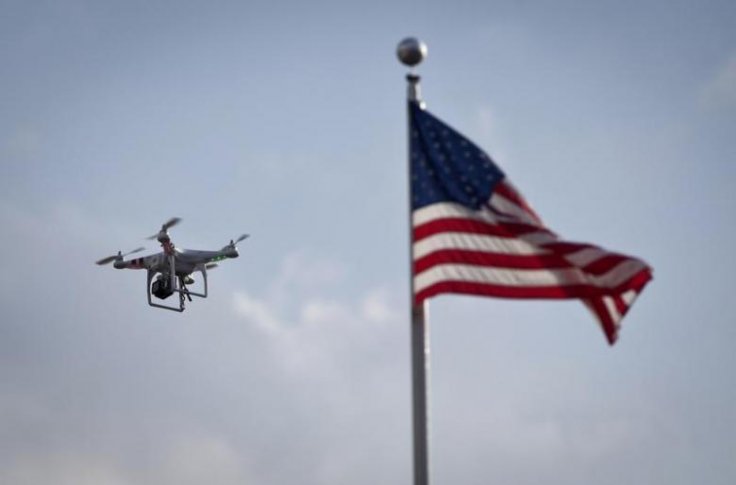Since mid-December, sheriff's departments in the border area of Nebraska, Colorado and Kansas have received at least 30 reports of night-time sightings of drone or drone-like objects flying in the sky in formations, sometimes in groups as large as 30.
As previously reported, the drones had a six-foot wingspan and were spotted around the same time each night between 7pm and 10pm before disappearing every night. Several citizens across the three states captured photos and video footage of the flying machines and posted them on social media, prompting the FBI, Federal Aviation Administration (FAA) and the US Air Force to launch an investigation into the mysterious sightings.
The FAA also reached out to unmanned aircraft systems (UAS) test sites, drone companies and companies authorized to operate drones in the area, but could not find anyone responsible for the swarms.
Authorities drop investigation
It has been weeks since the drone sightings were first reported and Transportation Secretary Elaine Chao has revealed that they still haven't figured out who is behind the swarms and have therefore decided to drop the investigation.

"We don't know who they belong to, we don't know who's operating them, to this day we do not," Chao said at the World Economic Forum in Davos, Switzerland. "We're very lucky nothing happened, so the local law enforcements have stepped down," she explained. "So we're not actively investigating that, because the local law enforcement stood down."
The fact that authorities couldn't find anyone responsible for the giant aircraft that dotted the night skies of the three states spurred conspiracy theories, including one that claimed they were a swarm of UFOs (unidentified flying objects) operated by extra-terrestrial beings.
New drone regulations
The mysterious sightings have prompted Chao and the FAA to push for new drone regulations that would allow authorities to remotely identify drones in flight. The current FAA laws require owners of commercial and consumer-grade drones to register drones that weigh between 0.55 pounds and 55 pounds.
Once registered, the drone owner receives a registration number, which has to be written or stuck to the aircraft. But, in order to read the number, one has to be really close to the drone so it doesn't help identify those that are airborne. This is why the new rule is being proposed as it will enable authorities to obtain information on virtually any drone in the sky by remotely identifying the drone.









